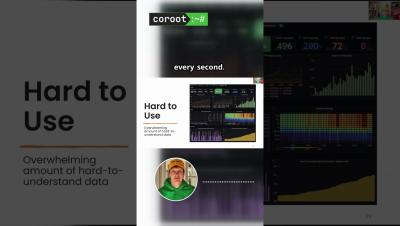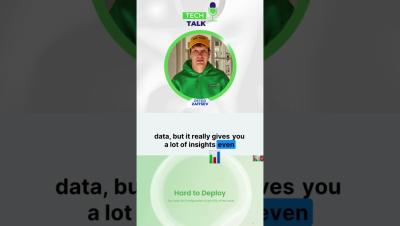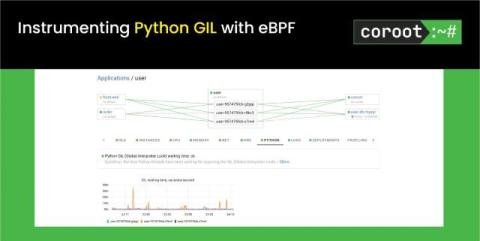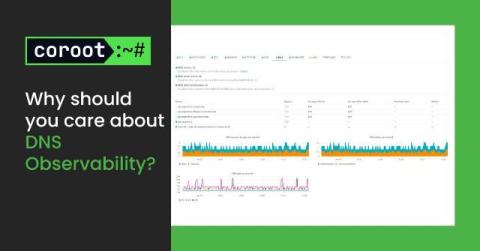Are Cloud Observability Solutions Breaking the Bank? #youtubeshorts #observability #devopstools
Is the price of cloud observability becoming a burden for your infrastructure? Many professionals are concerned about the skyrocketing costs associated with proprietary observability tools like Datadog. With major acquisitions, such as Cisco's purchase of Splunk, one has to wonder if affordability is compromised in favor of profit. How essential is observability in today's tech landscape, and what alternatives exist?











